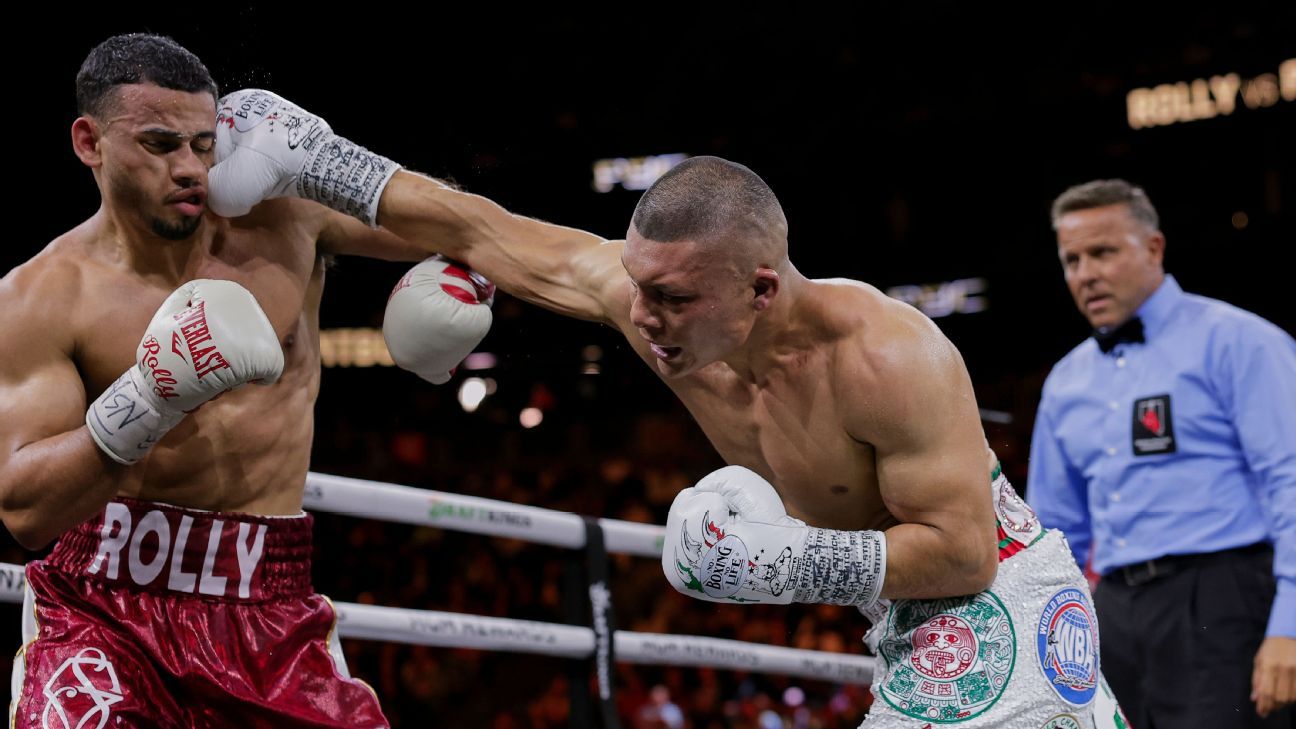Unexplained Stays for Me, but Not for Thee
[ad_1]
The following are some of the ways to get in touch with us Trump v. United States The Supreme Court instructed the D.C. Circuit to “continue withholding issuance of immunity certificates” in the case. The Supreme Court ordered the D.C. Circuit to “continue withholding issuance [its] The Supreme Court will not issue a ruling until it has issued a “mandate”. At LawfareJack Goldsmith is not related to Jack Smith.
Tom Koenig offers a wonky breakdown on the Court’s Order. I’d like highlight one aspect of the percuriam order that relates to a recent topic of interest: unexplained stay that avoids the four-factor tests from Nken v. Holder. Goldsmith and Koenig wrote:
We can’t find a square precedent for a Supreme Court order to a court below to withhold issuance of its mandate. We may have missed a precedent, given the difficulty in researching obscure emergency orders. The Court You can learn more about this by clicking here. Withheld Issue It has ” its own mandates. It has “Stayed“ The issuance The following are some examples of how to use The lower federal courts and state court’s mandates. It’s a good thing. You can learn more about this by clicking here. denied Requests to “stay the issuance” of a mandate from a lower-court. Our research has not revealed a previous instance in which the Supreme Court directed a lower court “to withhold issuance” its own mandate.
This order seems to be a different thing from a stay. The Supreme Court made a point of indicating that this was not a stay by using the words “withholding mandate”, ruling that Trump’s request for a stay was moot, and perhaps even stating that it did not imply anything about the merits of the case, as a typical stay order does.fair prospect” that the Court reverses the judgment below and perhaps even “likelihood The following are some examples of how to use Success On, The merits” is needed to get a stay. (It is unclear whether or not there are any meaningful differences between the various standards that could be used to determine a stay, but all standards will consider the merits of the case.)
But the Court’s order has the same practical effect: the D.C. The order of the Circuit Court is not effective until the Supreme Court reviews it. As the Court explained Nken v. HolderThe stay of an order by a lower-court “hold”[s]”That order “in abeyance” pending review. The Supreme Court has held the D.C. order in abeyance. Circuit’s order affirming district court. The D.C. Circuit had already stayed this order by instructing the clerk of court to temporarily withhold its issue. (As mentioned above, the D.C. Circuit considers “withhold orders” to be stays. By directing D.C. By directing the D.C.
The Supreme Court refused to grant a stay on the D.C. Circuit’s judgment. The Supreme Court did NOT consider the four-factor tests from Nken v. Holder. The Supreme Court explicitly did not comment on the merits.
It is possible that a court in its Trump v. United States “continue withholding” directive relied—in part or in whole—on its inherent power to “hold an order in abeyance,” in the words of Nken. This could explain why they did not use “stay”, but dismissed the request for a temporary stay as moot. This could explain why the Court was able to indicate that its order did not reflect any opinion on the merits. The Court’s inherent authority to hold an order of a lower-court in abeyance might not depend on the traditional stay criteria, including a preliminary evaluation of the merits. In fact, the Court granted certiorari in the same order on a potentially decisive interlocutory question. It is only natural to see the D.C. Circuit asIn the words of McKenzie“Render” is a power that comes with the ability to “render”. [the Court’s] jurisdiction efficacious” It is not necessary to judge the merits of the case.
The Supreme Court ruled that the Supreme Court did You can find out more about it here. What Justices Barrett & Kavanaugh told Fifth Circuit You can also check out our other blog posts. The following are some of the ways to get in touch with us: The following are some of the ways to improve your own ability to do so.Issue a temporary Shadow Docket remedy which puts a lower-court ruling on hold, without considering if the suit is likely successful on the merits.
The message is clear and loud: unexplained stays are not for you, but for me.
If you read through the rest of Goldsmith and Koenig’s post, I think you’ll come to the conclusion that–at best–the Court was relying on some sort of “inherent” authority to order the withholding of the mandate You can’t have it without It is possible to issue a stay. The authors state that this argument is “a novel basis for such a directive and might imply much broader powers to stop lower courts proceedings than the Court had recognized until now.” We are in very nebulous grounds here–perhaps yet another facet of the shadow docket that warrants a New York Times best-selling book.
The Supreme Court should first get its own emergency docket under control before telling lower courts how they should handle theirs.
[ad_2]


